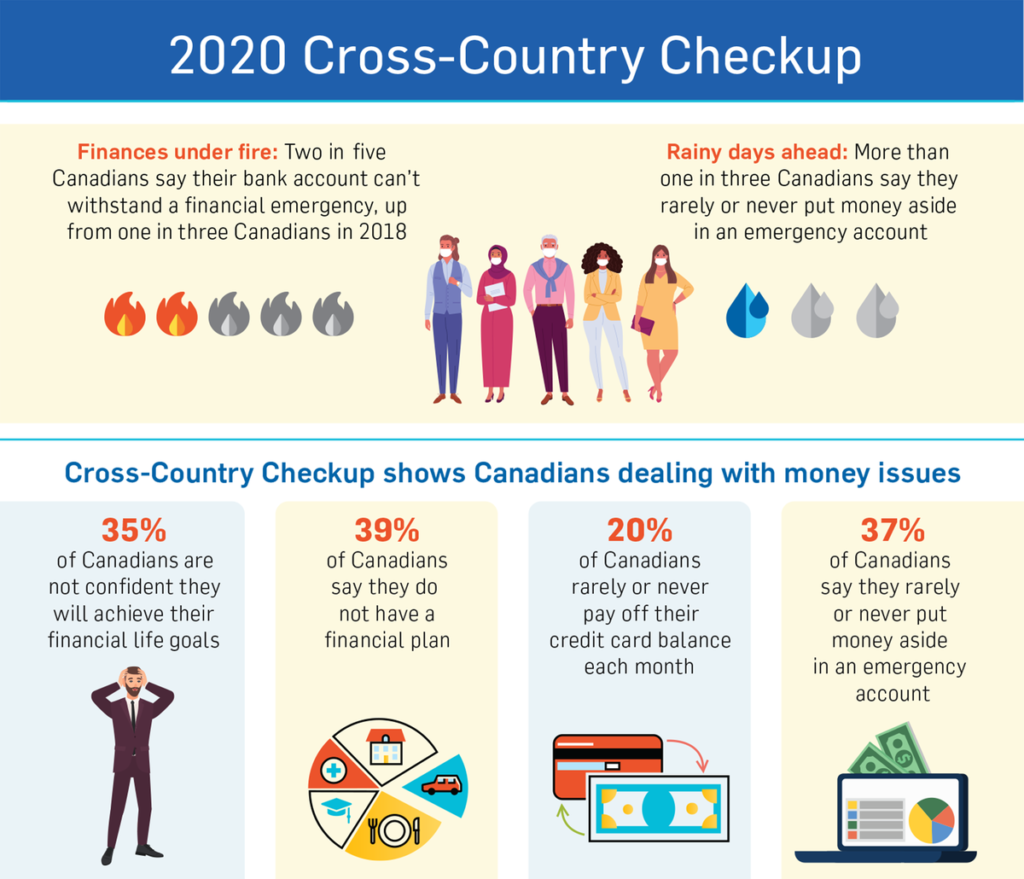Republished with permission from Built to Sell Inc.
Repeat business drives the value of your company, and you can categorize these sales into one of two buckets:
- Reoccurring revenue comes from customers who purchase from you sporadically. They’re satisfied with what you offer, and they buy regularly yet not according to a specific timeline.
- Recurring revenue is predictable, and you get it from customers who buy on a cadence. Usually, in the form of subscription or contract revenue, the main difference is your recurring revenue comes in on a regular rhythm.
Recurring revenue is more valuable than reoccurring sales because of its predictability. Therefore, it’s worth considering how to turn repeat customers into subscribers.
HP Instant Ink
For an example of an organization that turned reoccurring sales into recurring revenue, let’s look at the “HP Instant Ink” program. HP had been in the business of selling printers for decades before launching their toner replacement subscription.
HP would sell you a printer in the old days and hope you would come back and buy your toner cartridges from HP. As cheaper replacement options became available, HP started to lose reoccurring revenue from people who owned HP printers but chose a more affordable alternative to refill their cartridges.
In response, they launched the HP Instant Ink program to solve this problem by offering a toner subscription. HP sends subscribers new toner for their printer each month. You can sign up for a plan based on how many pages you print. If you exceed your page allotment one month, you can top up your account. If you fall short, HP offers to carry over your unused pages. Pricing plans start at $0.99 per month.
How does HP ensure you never run out of toner? They have embedded a reader in their printer’s hardware that sends a message to HP fulfillment when your cartridge dips below a predetermined threshold. Hence, you never run out.
It’s a brilliant little program and gives HP some recurring revenue while driving loyalty to HP printers.
Inspired by the HP Instant Ink program, here are three secrets for turning repeat customers into subscribers:
- Offer plans based on volume: At HP, their $0.99/month plan allows you to print just 15 pages per month. At the top end, their $24.99 plan gives you 700 pages, and they have a variety of options in between. This range of options gives customers the ability to pick a plan that will work for them most of the time.
- Allow carryover: Customers who buy from you on a reoccurring basis will appreciate your various plans. However, they may still hesitate to subscribe if they anticipate their volume will fluctuate. That’s why HP allows you to seamlessly buy overage if your printing volume is higher than expected. Subscribers can also carry over unused pages if they don’t need their entire allotment.
- Never let them run out: One of the reasons consumers prefer buying on a subscription over a one-time transaction is that they never want to run out of what you sell. That’s why HP’s integrated toner gauge reads when your cartridge dips below a threshold. Find a way to measure your customers’ supply of what you sell in real-time to ensure subscribers never run out.
Repeat customers are the lifeblood of any business. If you want to jack up your company’s value, consider ripping a page from HP’s playbook, and turn your reoccurring customers into subscribers.
For more free information on Creating A Business Owner’s Dream Financial Plan, you can listen to a free, eight-part series we did exclusively for business owners. The show is also available to subscribe to for free via iTunes.








